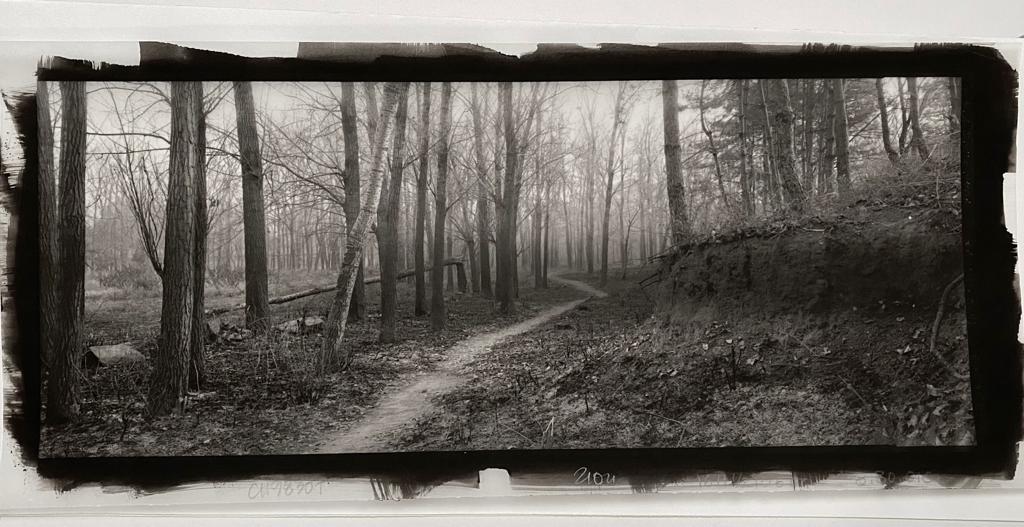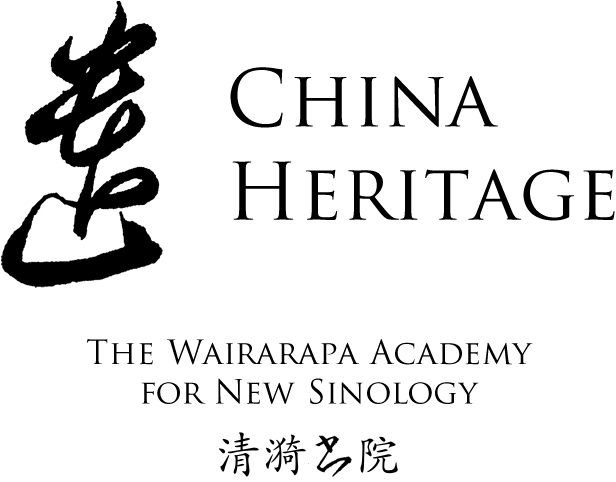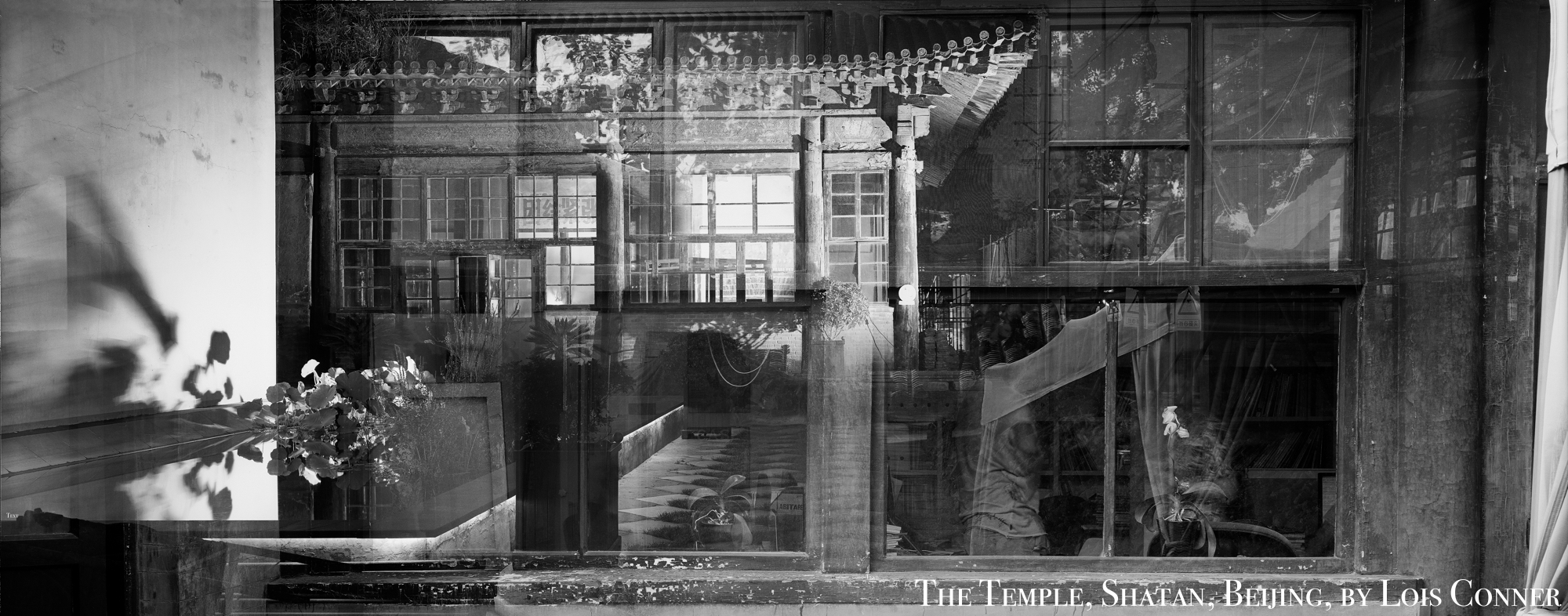Celebrating New Sinology in 2025
I first proposed the idea of a New Sinology in May 2005. In the series below, published as China Heritage Annual 2025, we celebrate the twentieth anniversary of that idea and of the publication of China Heritage Quarterly, the precursor to China Heritage.
We are also marking three decades since The Gate of Heavenly Peace, a website that I designed with Richard Gordon and colleagues at the Long Bow Group in 1995. That site — my first foray into digital publication — accompanied the screening of our documentary film The Gate of Heavenly Peace, for which I was the main writer and senior academic adviser, at the New York Film Festival in October 1995. Other anniversaries include:
- The invasion of East Timor by Indonesia in December 1975 — one encouraged by the avowedly anti-colonial ‘leftist’ Australian government of Gough Whitlam — which had a profound impact on my view of Australian politics;
- The 1965 Indonesian coup and the mass killings that resulted from it — both events that were abetted by Canberra and Washington, something of which I only became more aware of following East Time;
- Editorial and translation work from late 1985 which resulted in Seeds of Fire: Chinese Voices of Conscience, a book that was published in 1986;
- This year, 2025, also marks a decade since I quit institutional academia.
Thus, in Celebrating New Sinology we also mark half a century of anniversaries.
***
New Sinology encourages a holistic approach to the study of China. We emphasise the tradition of 文史哲 wěn shǐ zhé, one that embraces the ‘literary, historical and intellectual’. To accommodate this old formula to the realities of China’s post-1949 party-state, we could translate 文史哲 as ‘propaganda/ PR, mytho-poetic historiography and Stalino-Maoist based ideology’.
— Geremie R. Barmé
29 January 2025
First Day of the First Month of
The Yisi Year of the Snake
乙巳蛇年正月初一
***
New Sinology is a Sinology that combines fluency in the practices of the ‘China Studies’ that developed during the Cold War and the academic disciplines that have flourished in academic institutions world wide. New Sinology engages equally with Official China via its bureaucracy, ideology, propaganda and culture, as well as with Other Chinas — those vibrant and often disheveled worlds of alterity, be they in the People’s Republic, Hong Kong, Taiwan, or around the globe.
My advocacy of the study and reading of literary Chinese and attention to modern Chinese culture is not merely a way of justifying support for underfunded academic programs. As I have repeatedly argued, when things with China ‘went south’ — that is as the systemic inertia of party-state autocracy continued to cast a pall over contemporary Chinese life, as I had no doubt that it would following the events of 1989 — students and scholars would always have recourse to the vast world of literature, history and thought that made a study of China also a study of human greatness, genius and potential.
New Sinology is nothing less than a laissez-passer into the Invisible Republic of the Spirit.
***
Celebrating New Sinology
China Heritage Annual 2025
Background Reading
Prelude
Contents
- Lofty Aspirations & Modest Wishes for the Year of the Snake
- When the Anaconda is the Chandelier
- The General Secretary’s New Clothes & Five Years of Viral Alarm
- Q. & A. on Xi Jinping, from 2015
- A New Yorker Centenary
- Jeremy Goldkorn in conversation with Geremie Barmé, How to commit a self-coup, in the U.S. and in China — What recent Chinese history can teach us about the Musk-Trump power grab, Rhyming Chaos, 21 February 2025; and, A constant bombardment of noise and information — China, 1974 to America, 2025, Rhyming Chaos, 5 October 2025
- TDS Down Under — Drongology and the Conga Line of Suck-holes
- A Glum Convergence — Donald J. Trump & Xi Jinping
- The Third Day of the Third Month — a chastening reflection
- This Fleeting Year
- Sympathy for the Devil in China, America and Russia
- ‘Tell me the tale of a man …’ — in search of a destination that may no longer even exist
- Misplaced Faith in the Social Sciences & the Abiding Lessons of New Sinology
- Broken Engagement — US-China Experts in Recovery
- Even Now, It’s Still Pays to Look Back
- Turd Blossoms on West Lake
- The Strange Tales of Aladdin Dogballs
- 70-20-10 and the Parading of Lies in Beijing on 3 September 2025
- Still Dissenting from Ba Jin
- Double Brightness and the Fag-end of Autumn with Lao Shu
- Going off the Rails with Jianying Zha
- The Ji Clan at Mar-a-Lago
On Australia-China:
- Australia’s Unfinished Twentieth Century
- Shared Values: a Sino-Australian Conundrum, a keynote address presented to the Oriental Society of Australia, December 2006, the text of which was published in The Journal of the Oriental Society of Australia, vol.38, 2006: 60-67, re-produced in digital form in The China Story Journal, 20 October 2015
- Contentious Friendship, China Heritage, 29 April 2018
- Australia and China in the World: Whose Literacy?, Australian Centre on China in the World Inaugural Annual Lecture, 15 July 2011
- The Australia-China Story, The China Story Journal, 23 July 2012
- Doubtless at Forty 四十不惑, The China Story Journal, 1 December 2012
- Australia’s China in 1976: an ambassador’s advice, The China Story Journal, 18 September 2015
- Welcome, Comrade Ambassador, The China Story Journal, 19 September 2015
- New Sinology in the Xi Jinping Era, Australian Centre on China in the World Annual Lecture and farewell address to The Australian National University, 26 October 2015
- Supping with a Long Spoon — dinner with Premier Li, November 1988, China Heritage, 10 December 2018
***
- Lessons in New Sinology
- New China Newspeak
- New Sinology Jottings
- The Other China
- A New Sinology Reader
- Duncan Campbell Archive
- Xi Jinping’s Empire of Tedium
- Jianying Zha Archive
- A Heritage Glossary
- Nouvelle Chinoiserie
- A New Sinology Bibliography
- Watching China Watching
***


